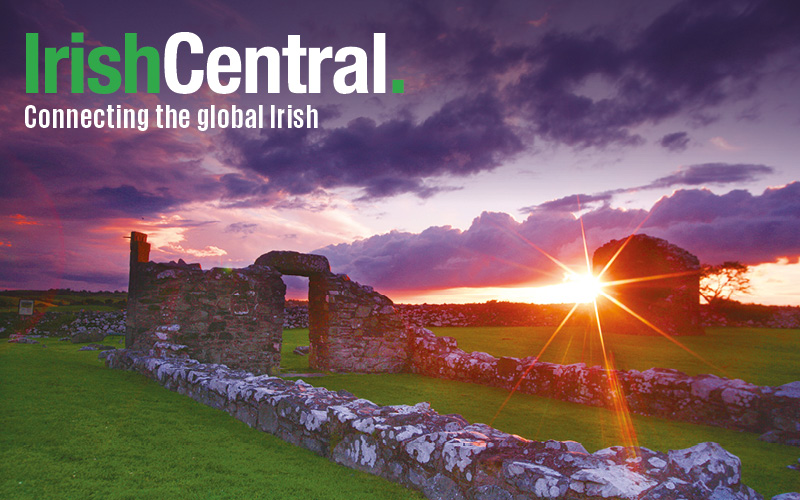In the wake of the recent horse meat scandal in Ireland and other parts of Europe, archaeologists have pointed out that horse meat was actually served at important events in ancient times, namely the inauguration of the High King of Tara.
Ingenious Ireland tells the story of how archaeologists discovered horse bones during excavations at the Hill of Tara in County Meath in the 1990s. Knife marks on the bones have led researchers to believe that the horses were butchered for their meat.
The bones were found buried in a ditch on top of the Hill of Tara, near the great burial mound known as the Mound of the Hostages.
In ancient Ireland, horses were revered and often used as sacrifices. After being killed for sacrifice, the horse’s meat was cooked and eaten, what is known as hippophagy.
However, one infamous - and questionable - account of a ceremony in County Donegal in the 12th century saw a king supposedly mating with a white mare, before the animal was slaughtered. That story was penned by the notorious Giraldus Cambrensis, a Welsh-Norman chronicler who liked to paint the Irish as heathens, thus leaving the veracity of the story in the air.
Professor Helena Hamerow of Oxford University’s Institute of Archaeology, quoted on Medievalists.net, said that Christianity would soon come to consider horsemeat a pagan and taboo food and banned the eating of it.
The horse meat scandal first erupted in Ireland early this year when horse DNA was found in beef products that had come from Liffey Meats and Silvercrest Foods meat processing plants, in Ireland, and the Dalepak Hambleton plant in the United Kingdom. Since then, more horse DNA has been found in other beef products in different European countries.




Comments